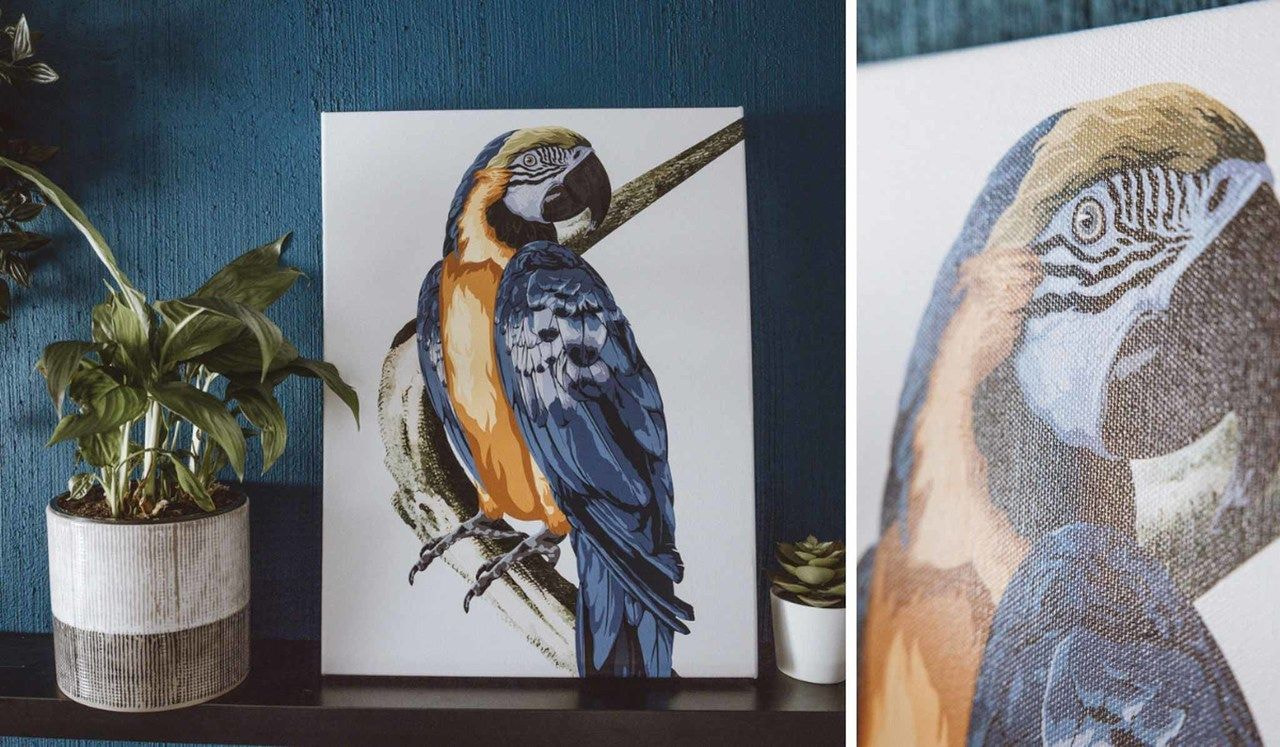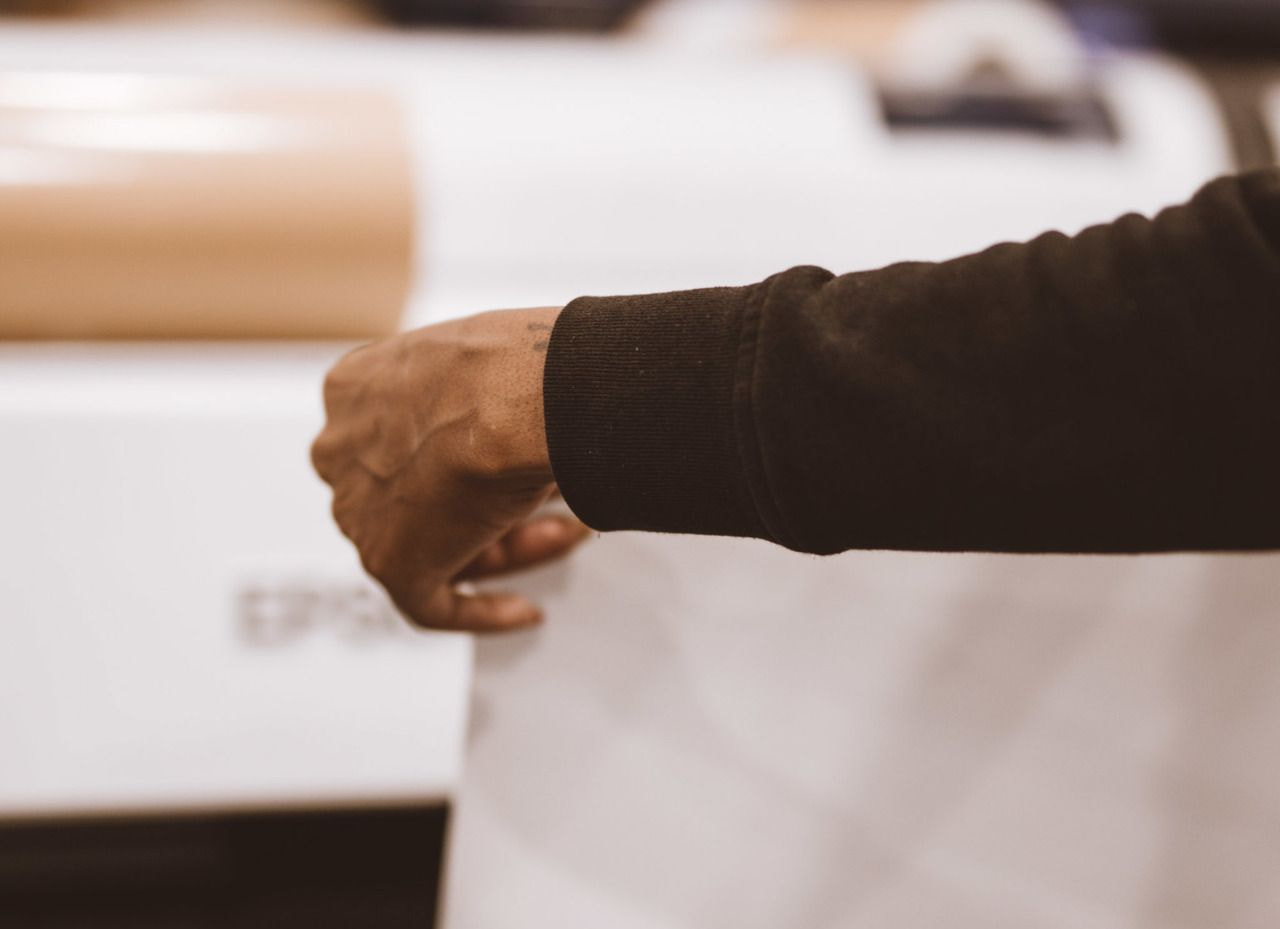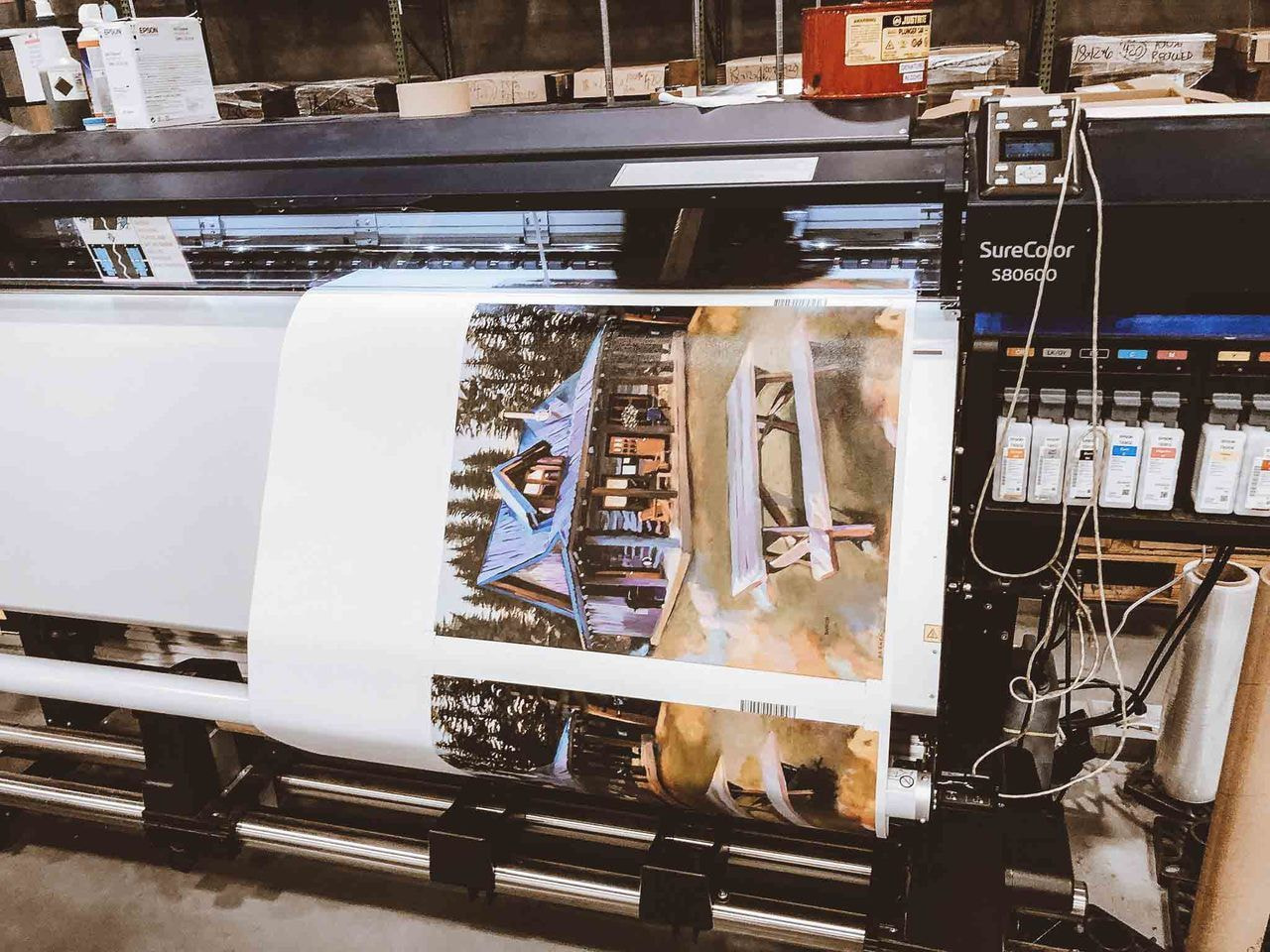
-
Produits
-
Tous les produits
-
Vêtements pour homme
-
Vêtements pour femme
-
Vêtements pour enfant et adolescent
-
Casquettes
-
Accessoires
-
Maison & déco
-
Collections
- Nouveaux produits
- Meilleures ventes
- Pack de démarrage pour votre boutique
- Vêtements de sport
- Vêtements streetwear
- Vêtements de plage
- Écologique
- Cadeaux
- Tendances de style
- Développez une marque de mode
- Fabriqué en Europe
- Offres spéciales
- Livraison rapide
- Halloween
- Rentrée des classes
- Printemps-été
- Produits brodés
- Welcome Offer
-
Marques
- adidas
- AS Colour
- Atlantis
- BagBase
- Bonnets et casquettes Beechfield
- Bella + Canvas
- Big Accessories
- Champion
- Columbia
- Comfort Colors
- Cotton Heritage
- District
- Econscious
- Flexfit
- Gildan
- Independent Trading Co.
- Jerzees
- LAT Apparel
- Liberty Bags
- Vêtements Next Level
- Otto Cap
- Port Authority
- Rabbit Skins
- SOL'S
- Sport-Tek
- Sportsman
- Shaka Wear
- Stanley/Stella
- Vêtements Threadfast
- Tultex
- Under Armour®
- Yupoong
-
- Vendre avec Printful














